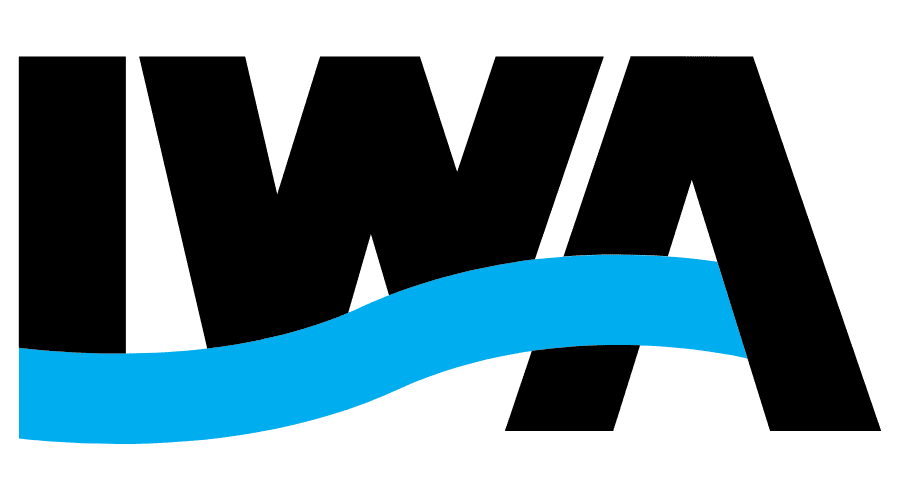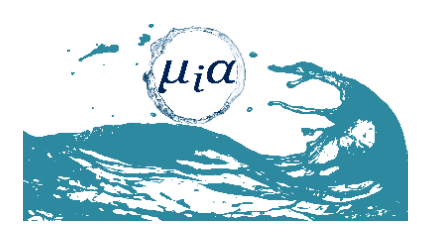Analysis
With the help of mathematical methodologies for model analysis, BIOMATH aims at valid model representations that closely match experimental observations. Once validated, a model is used for deepening the understanding of the overall process behaviour.
Optimisation
A mathematical model is usually not considered as an end in itself. Optimising the process using the model is considered key in BIOMATH's philosophy. To do so, different mathematical methodologies are studied in order to optimise process operation as well as future experimentation using the model as a simulator of the real-world process.
Digital Twins
Mathematical models are also an integral part of the development of digital twins, which are themselves at the heart of the digital revolution. A digital twin is a virtual representation of a real system, which by virtue of continuous monitoring and high predictive power can be used to provide real-time optimisation and control.
Find Out More About Us
At BIOMATH, we develop and apply mathematical models and methodologies for the analysis and optimization of bio-processes.
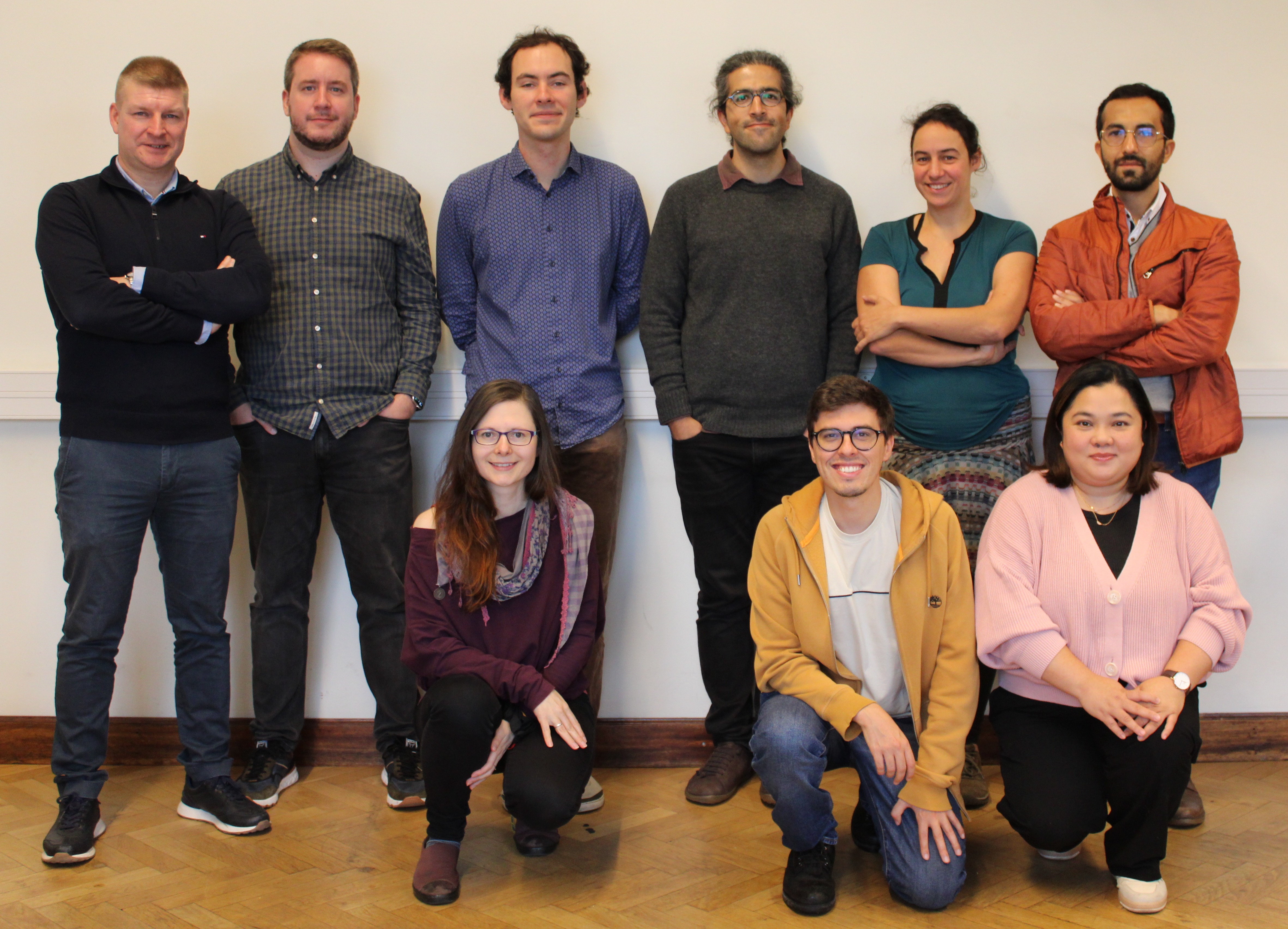
The primary focus is on mechanistic models, which are used to support a variety of priority sectors ranging from wastewater treatment and resource recovery to pharmaceutical manufacturing, ecology, and bioprocess technology. By doing so, BIOMATH has gained expertise in the fields of computational fluid dynamics (CFD), population balance modelling (PBM), and bio-kinetics.
We are an international team of passionate engineers with knowledge of water- and process-related systems at different scales, ranging from unit processes over process trains and plants to urban water systems. We like to think out of the box and be pro-active to the next level of model usage in the context of digitalisation.
Through its cooperation with like-minded partners, BIOMATH aims at stimulating the use of the same modelling knowledge across sectors. By committing ourselves to a wide range of research questions in different fields of application, we strive to expand our know-how continuously to offer high-quality solutions.
Methodologies

Mechanistic models
Mechanistic models use first principles such as mass, energy, and momentum conservation to mathematically describe a process of interest. BIOMATH has expertise in the fields of computational fluid dynamics (CFD), population balance modelling (PBM), and bio-kinetics. These models need limited experimental data for calibration and validation.Hybrid models
Hybrid models are useful when mechanistic models have insufficient predictive power (not all phenomena are known or described) by adding a data-drive component that learns from experimental observations. Depending on the application, different architectures and levels of complexity can be implemented. Larger datasets are usually needed in this case.Data-Driven models
Data-driven methodologies such as artificial neural networks (ANN) and gradient boosting machines (GBM) can be used to extract useful information from experimental data. These models require little process knowledge and can provide high predictive power. However, their data requirements are the highest.Soft sensors
These are models used to predict a system variable that cannot be directly measured based on measurements of other variables and knowledge of the system. Soft sensors can be invaluable for complex processes where continuous monitoring is a necessity.Advanced control & optimisation
Models can be used to find an optimal state of operation of the system, while controllers can be used to keep the system at its optimal state. Advanced controllers are typically also based on models. In both cases, good predictive power is required.Decision support based on ontologies/knowledge graphs
For more complex systems (with many interactions or multiple scales), system operators can use models (digital twins) as tools to support decisions.BioProcess
The model analysis and optimisation described above can be applied to basically any physical system. Currently, BIOMATH is active in the fields of wastewater treatment and resource recovery, pharmaceutical manufacturing, ecology, and bioprocess technology.
Our Projects
Coming soon - project information will be displayed here.
Our Team
Meet the passionate researchers and engineers driving innovation in mathematical modeling and bioprocess optimization.
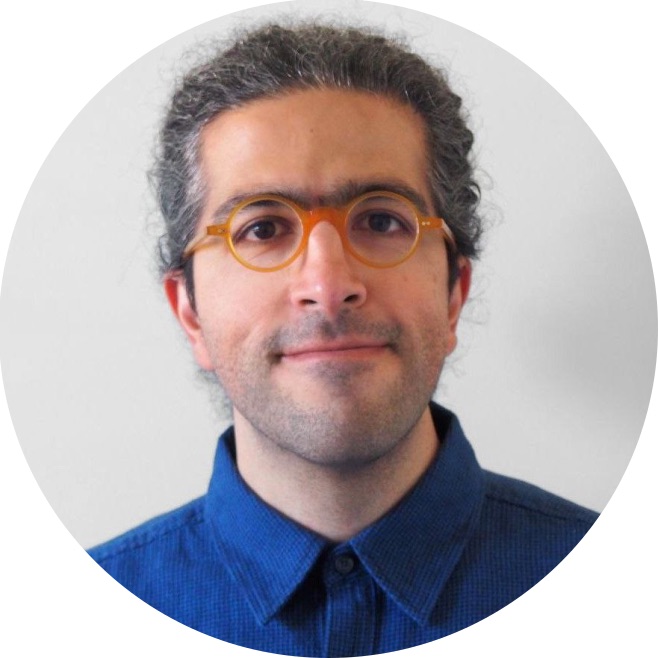
Saba Daneshgar
ProfessorCycling, trail running, hiking, music, reading
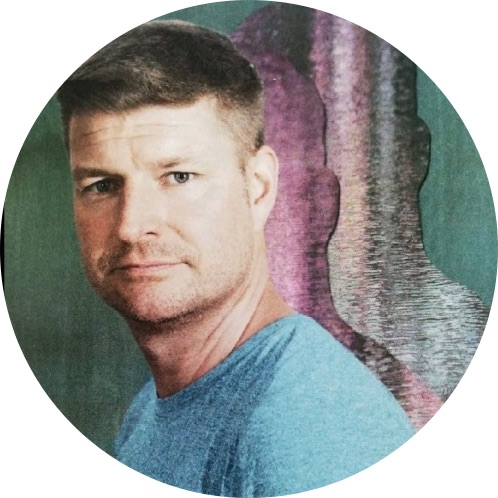
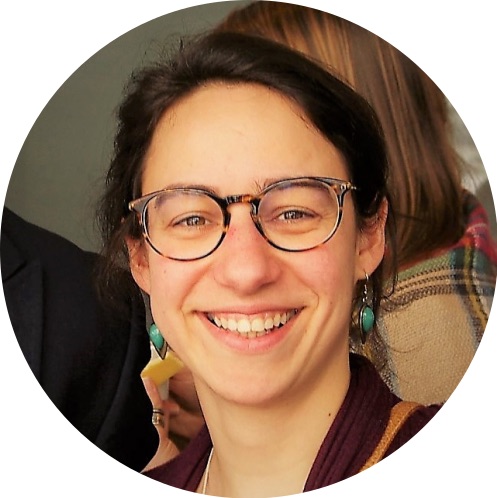
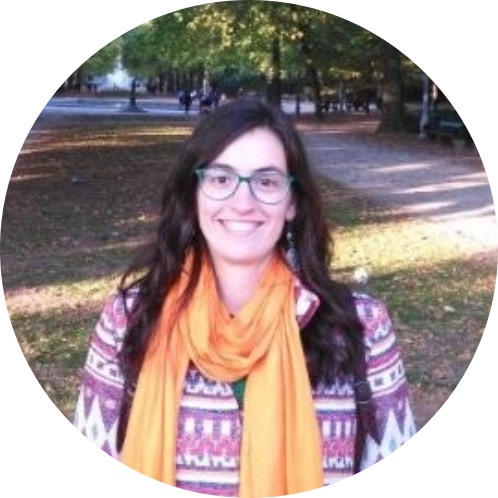
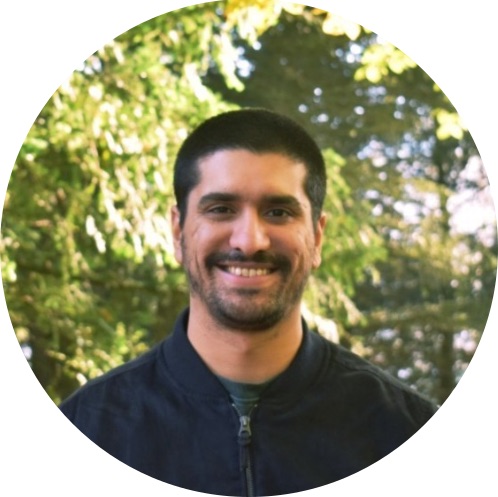
David Fernandes del Pozo
Postdocdavid.fernandesdelpozo@ugent.be
Development of concise denitrification models
Running, gaming, Travelling, Reading, Debating

Kimberly Solon
PostdocMusic (piano), Crafting, Photography, Nature walks, Cooking
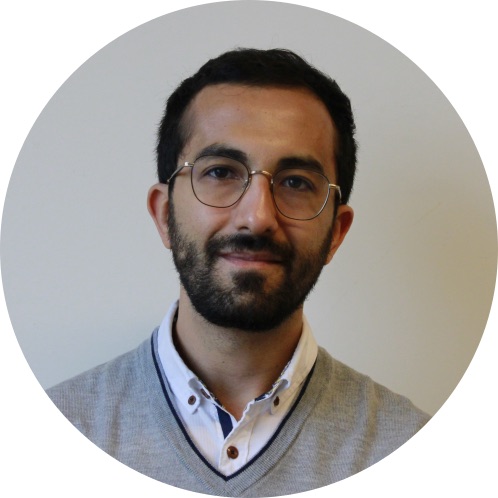
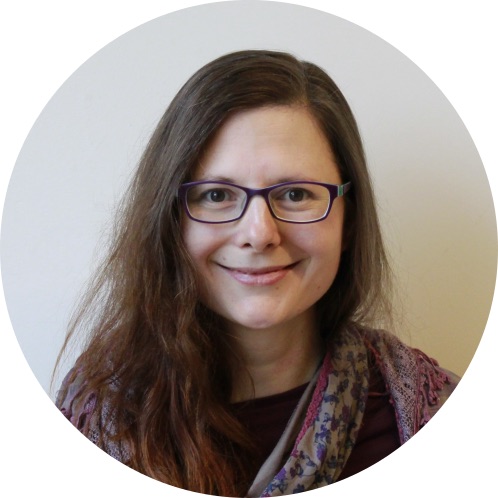
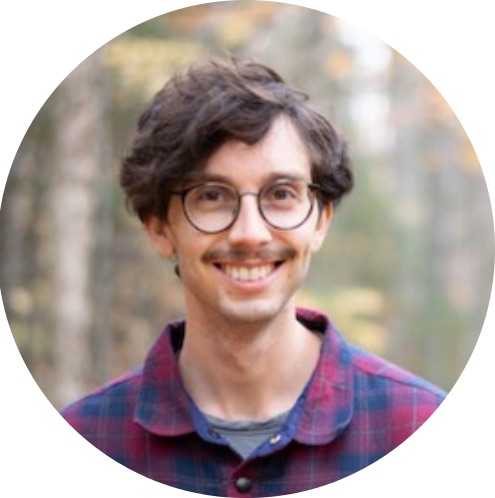
Jean-David Therrien
Postdoc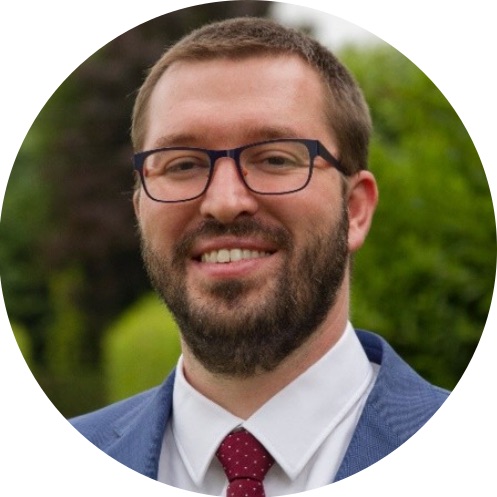


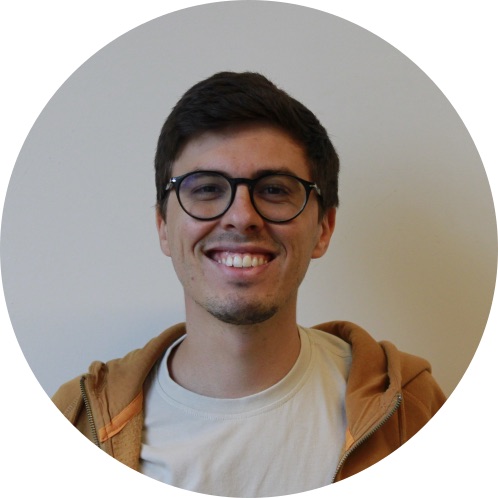
Diogo Abreu
PhD StudentNature walks, video games, finance, anime
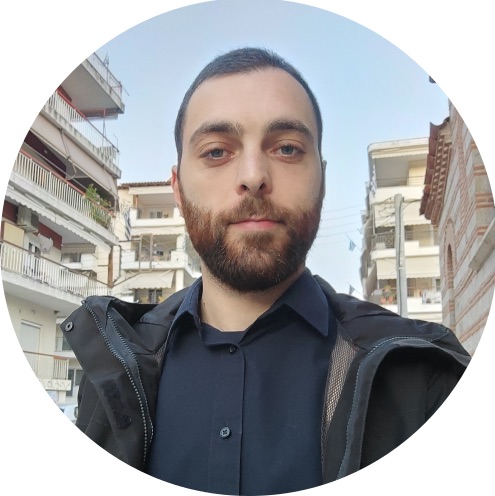
Athanasios (Thanos) Latinis
PhD StudentDevelopment and otpimization of an ontology-driven knowledge graph and a multi-agent system for decentralized water management.
basketball, football, chess, music, reading
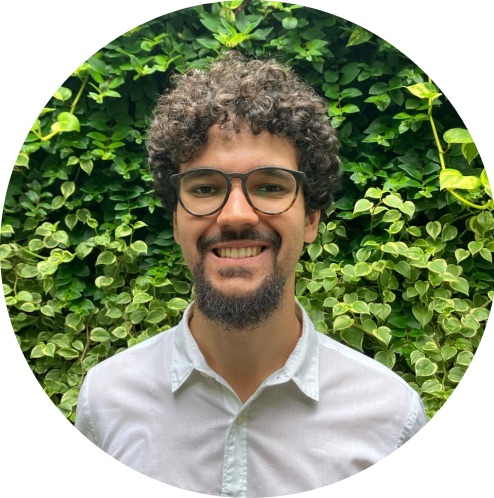
Antonio Silveira
PhD StudentTrekking, Playing the guitar, Yoga, Climbing
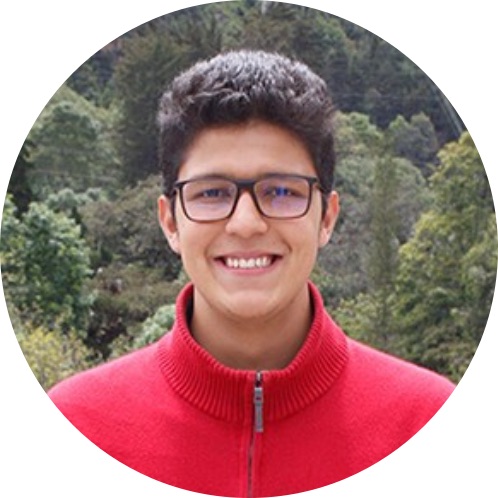
Cristian Gomez
PhD Studentcristiancamilo.gomezcortes@ugent.be
Cycling, bouldering, running, cooking, yoga
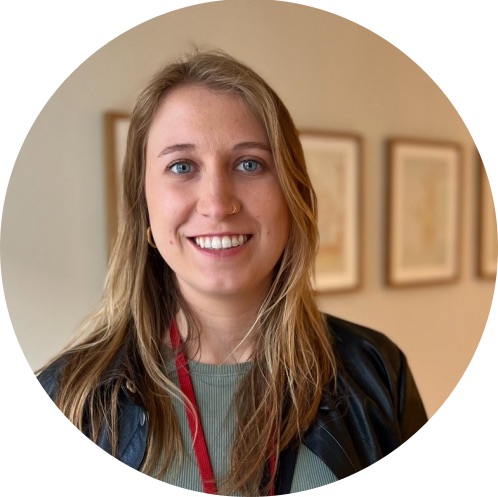
Loes Verhaeghe
PhD StudentGym, meeting friends, skiing, cooking


Elias De Rezende
PhD Student

Timpe Vogelaers
AdministrationTrail, walking, Music is Life, mountains
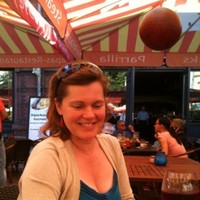

Emma Vandamme
Ms Student
Jianing Yin
Ms Student
Ward Claerhout
Ms Student
Mathijs Genbrugge
Ms Student
Jen-Yu Chen
Ms Student
Noah Janssens
Ms Student
Cyriel Carton
Ms StudentOur Publications
Coming soon - publications and research output will be displayed here.
Our Mission
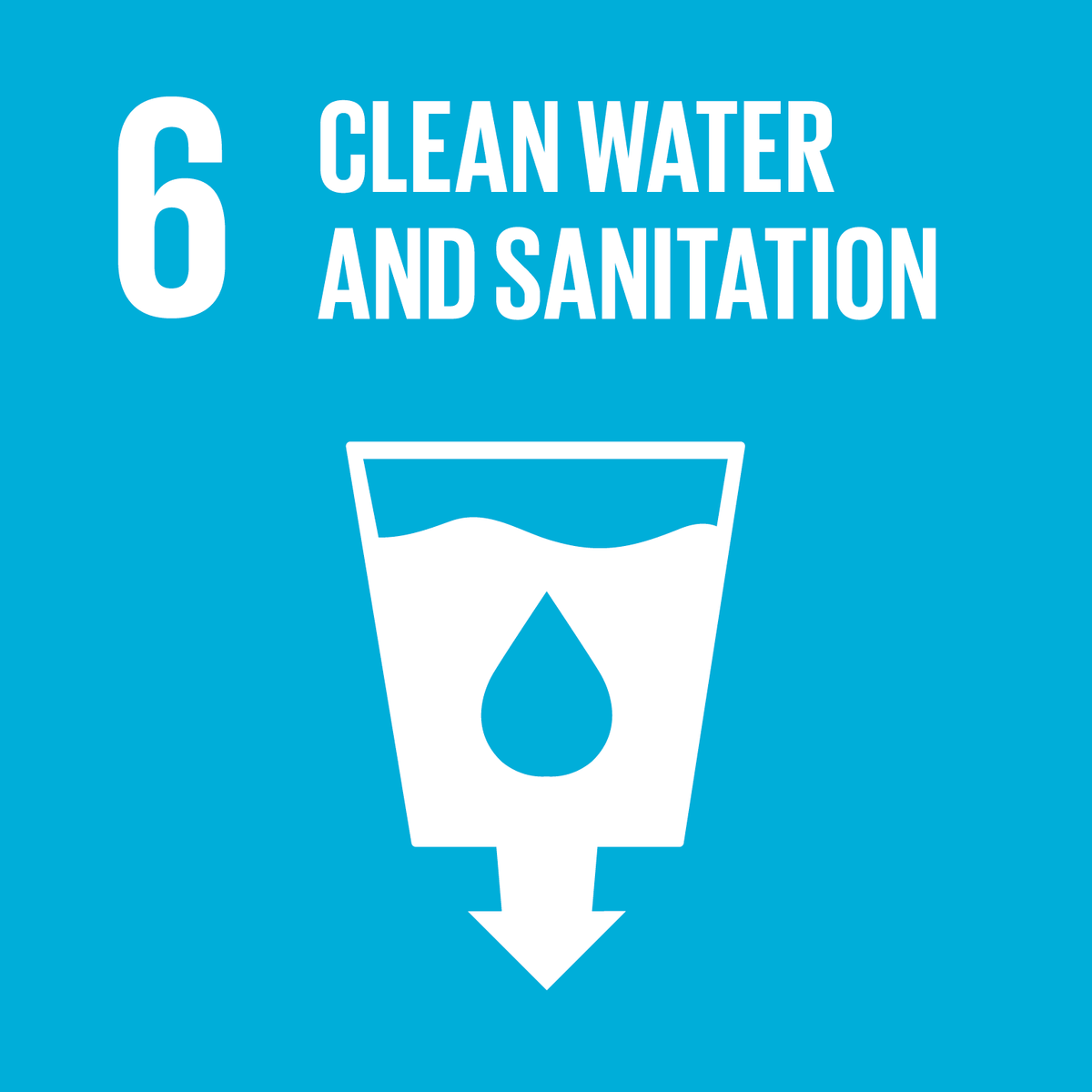
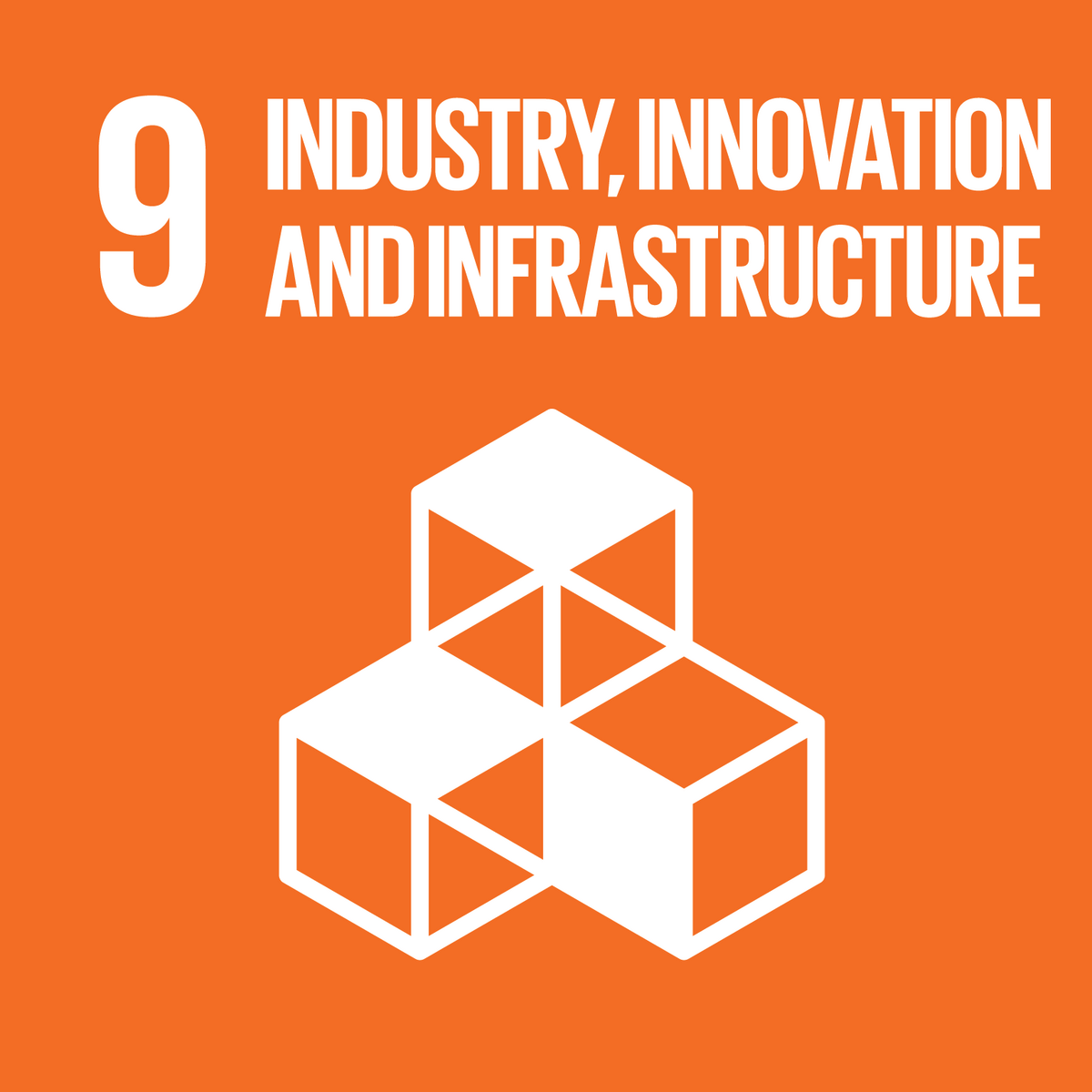
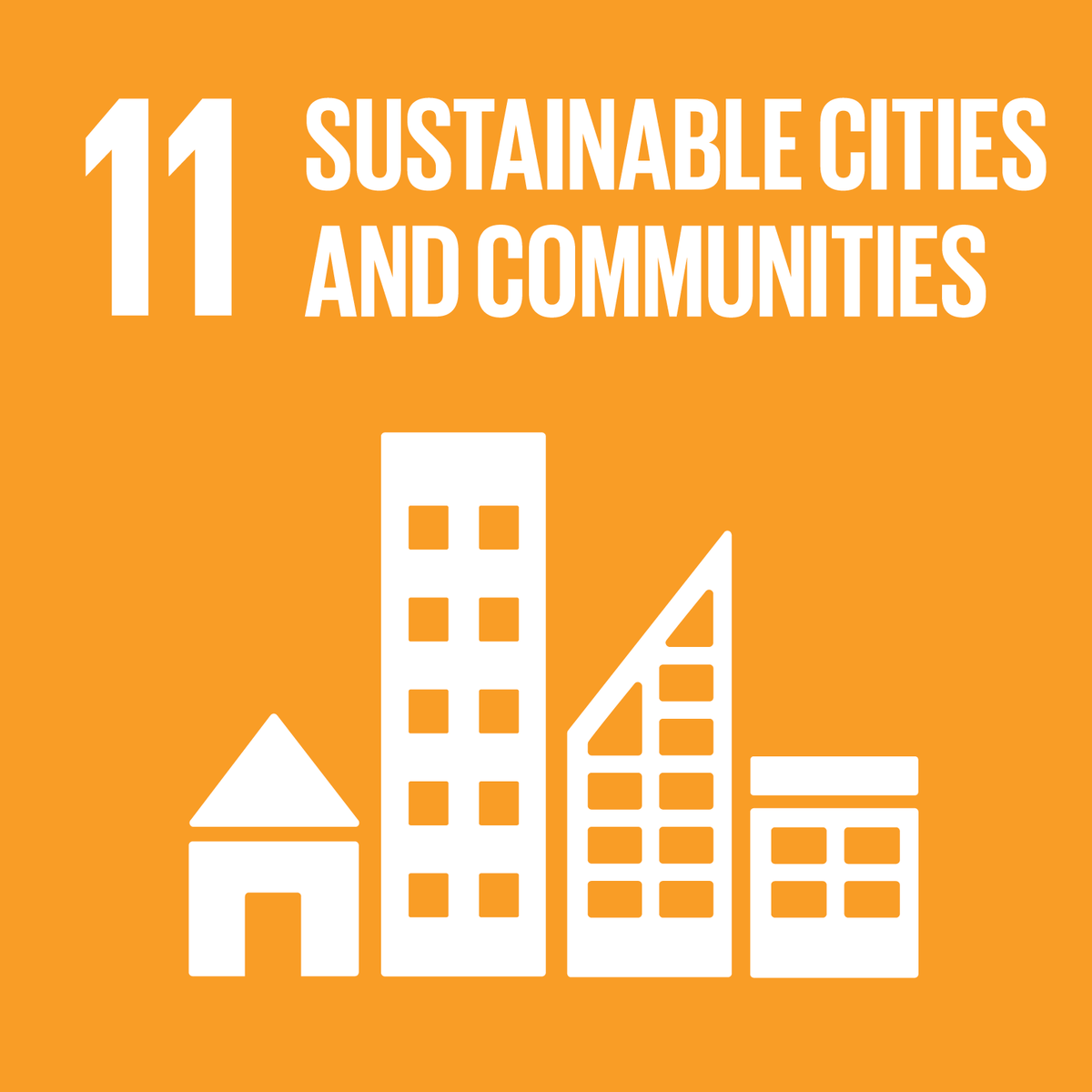
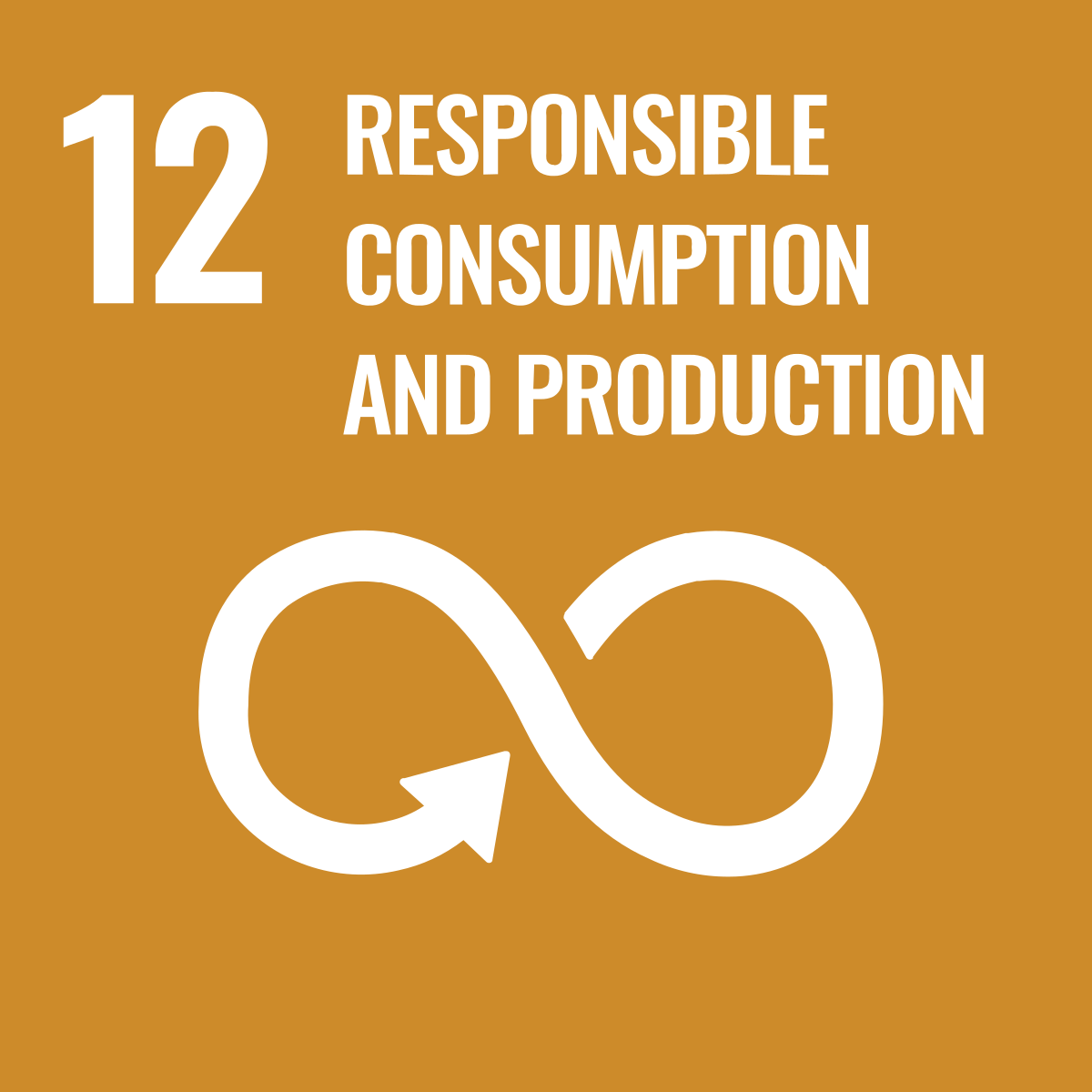
Our Alliances
Through strategic alliances, we forge partnerships that harness collaborative strengths, fostering innovation and growth to deliver exceptional value to our clients and communities.

Centre for Advanced Process Technology for Urban REsource recover
Office on the web FrameThe CAPTURE platform is a collaboration between professors from various UGent faculties with both Flemish and international private and public partners. The partners consider plastic, polluted water, and CO2 not as waste products but as raw materials.


